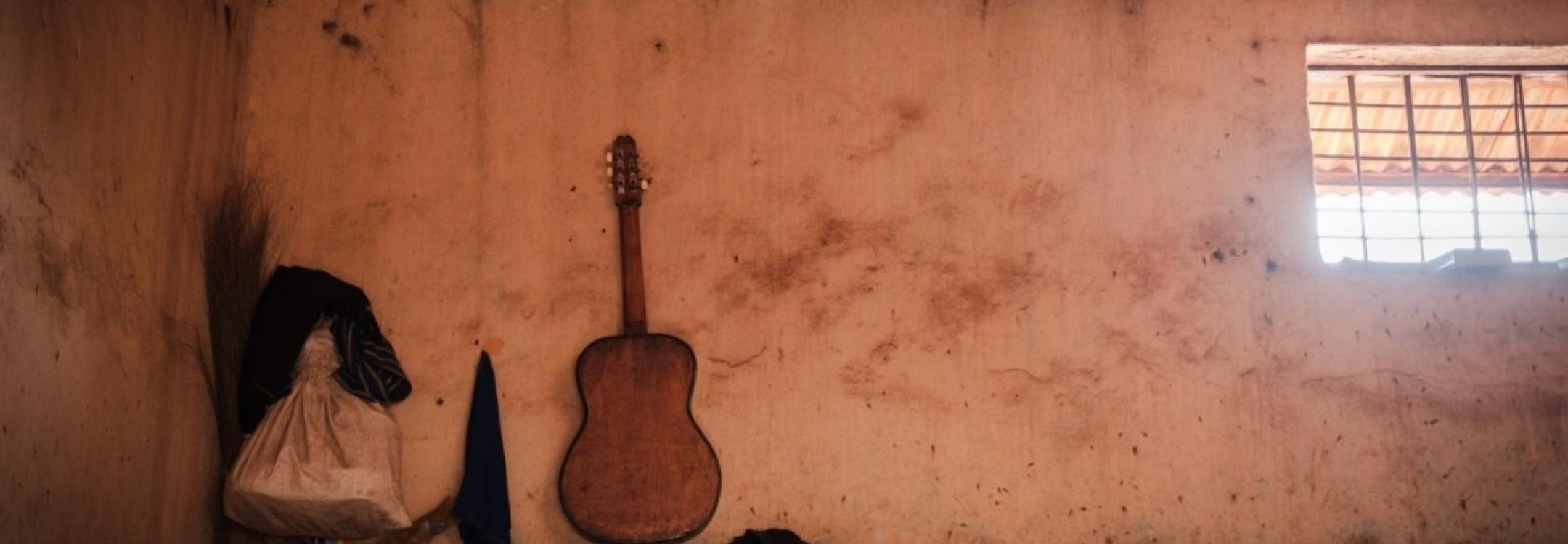
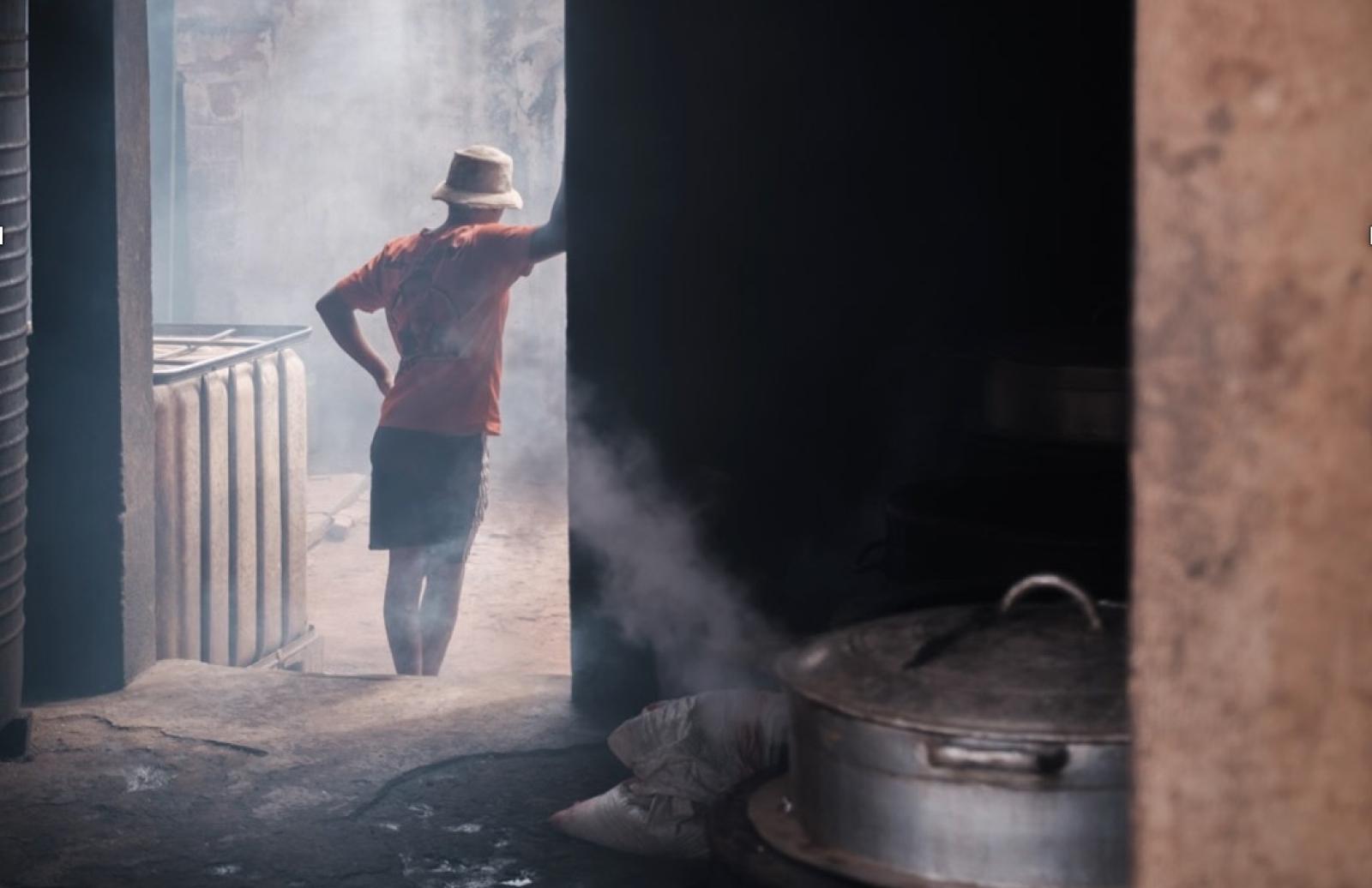
Prison kitchen. Resource constraints and overcrowding contribute to difficultPrison kitchen. Resource constraints and overcrowding contribute to difficult material conditions in Madagascan prisons, including access to food for poor detainees and those detained far from their families.
detainees and those detained far from their families.
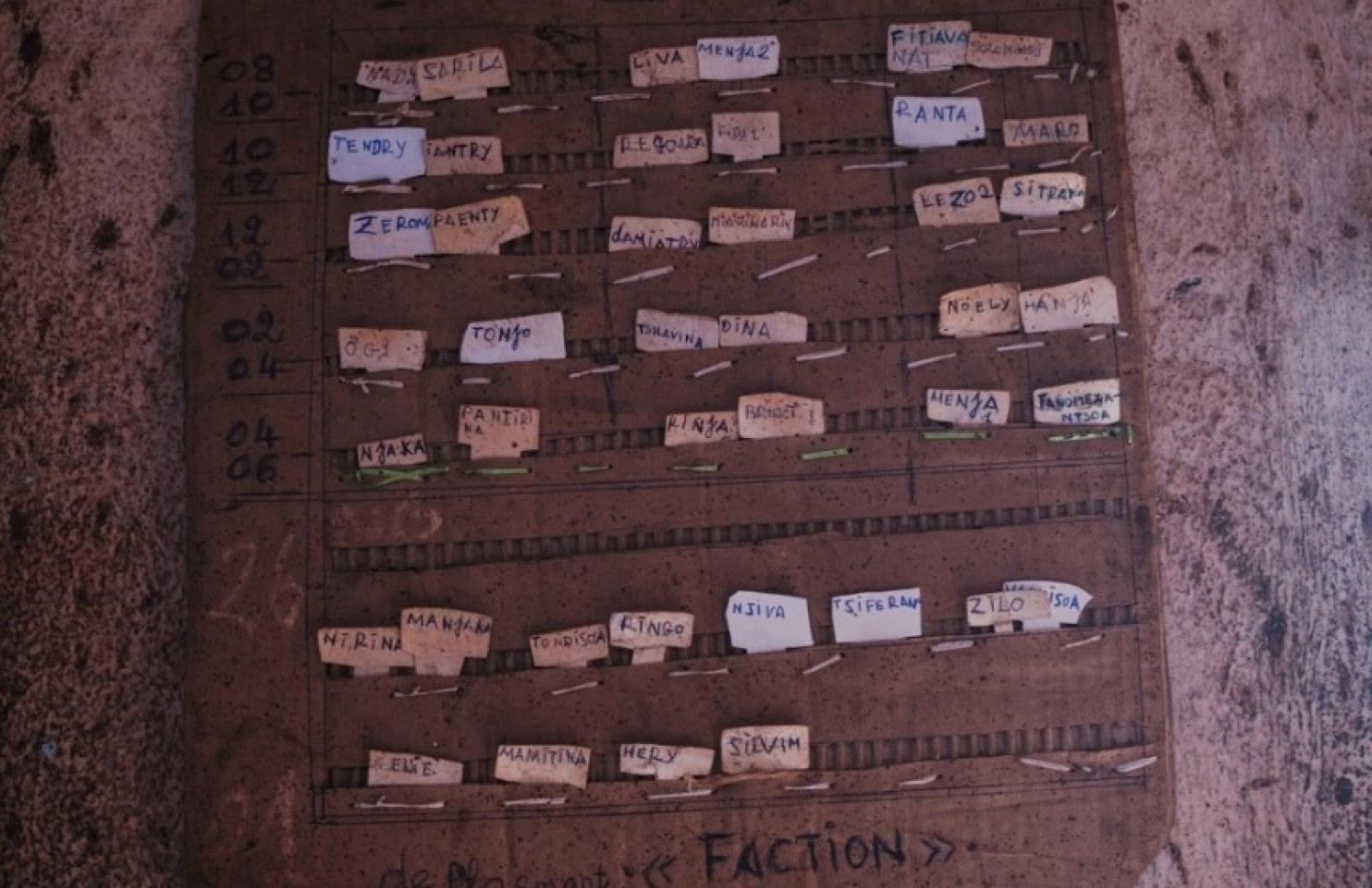
A board showing who sleeps where in a cell. The root causes of issues in prison, however, are often found outside – including in what happens in police custody and through the judicial process.
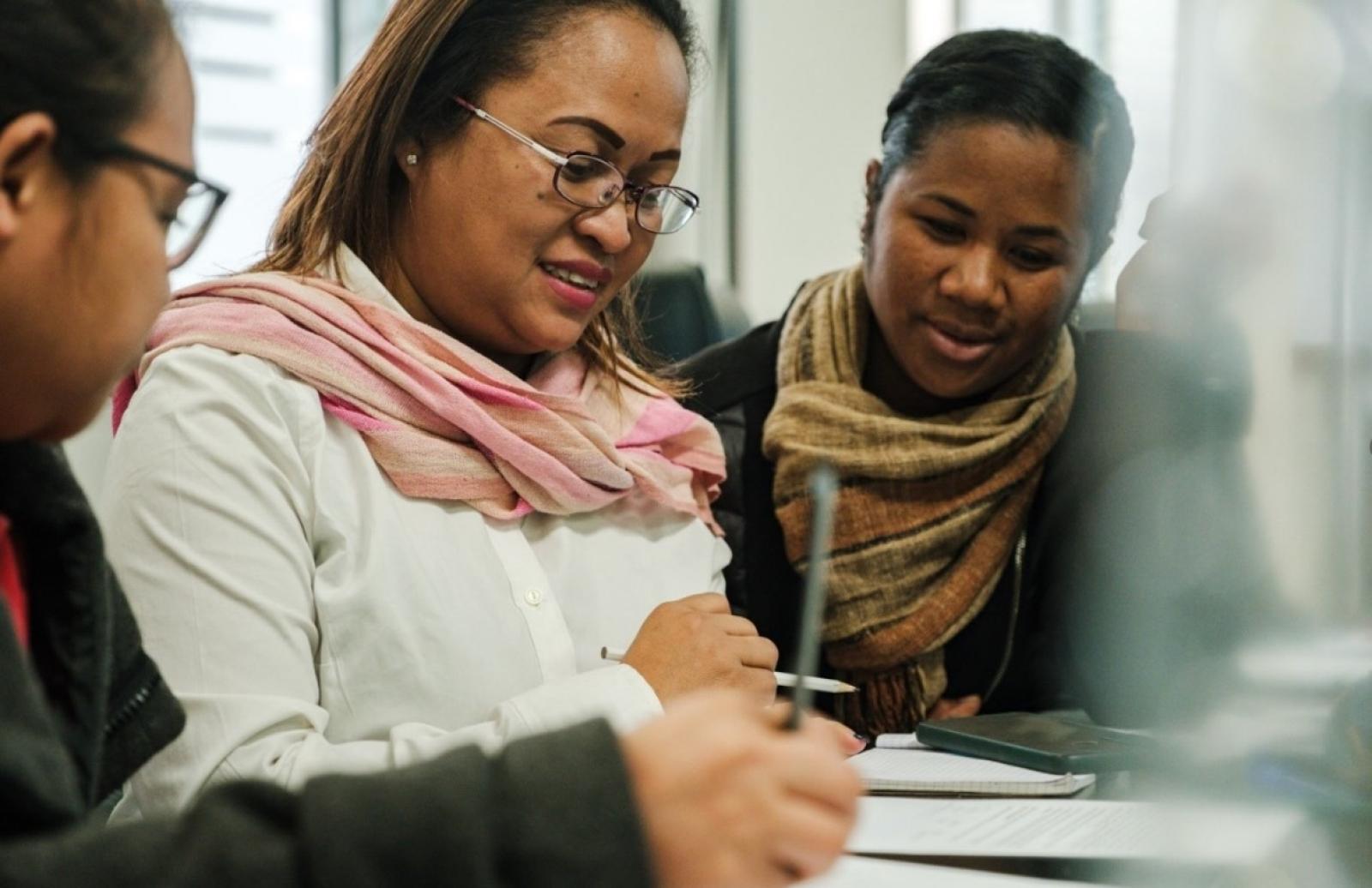
CSO and NHRI monitors working together. This is why we have decided to partner with both the NHRI, as newly designated National Preventive Mechanism, and with CSOs, such as ACAT, both of which have different and complementary monitoring roles.
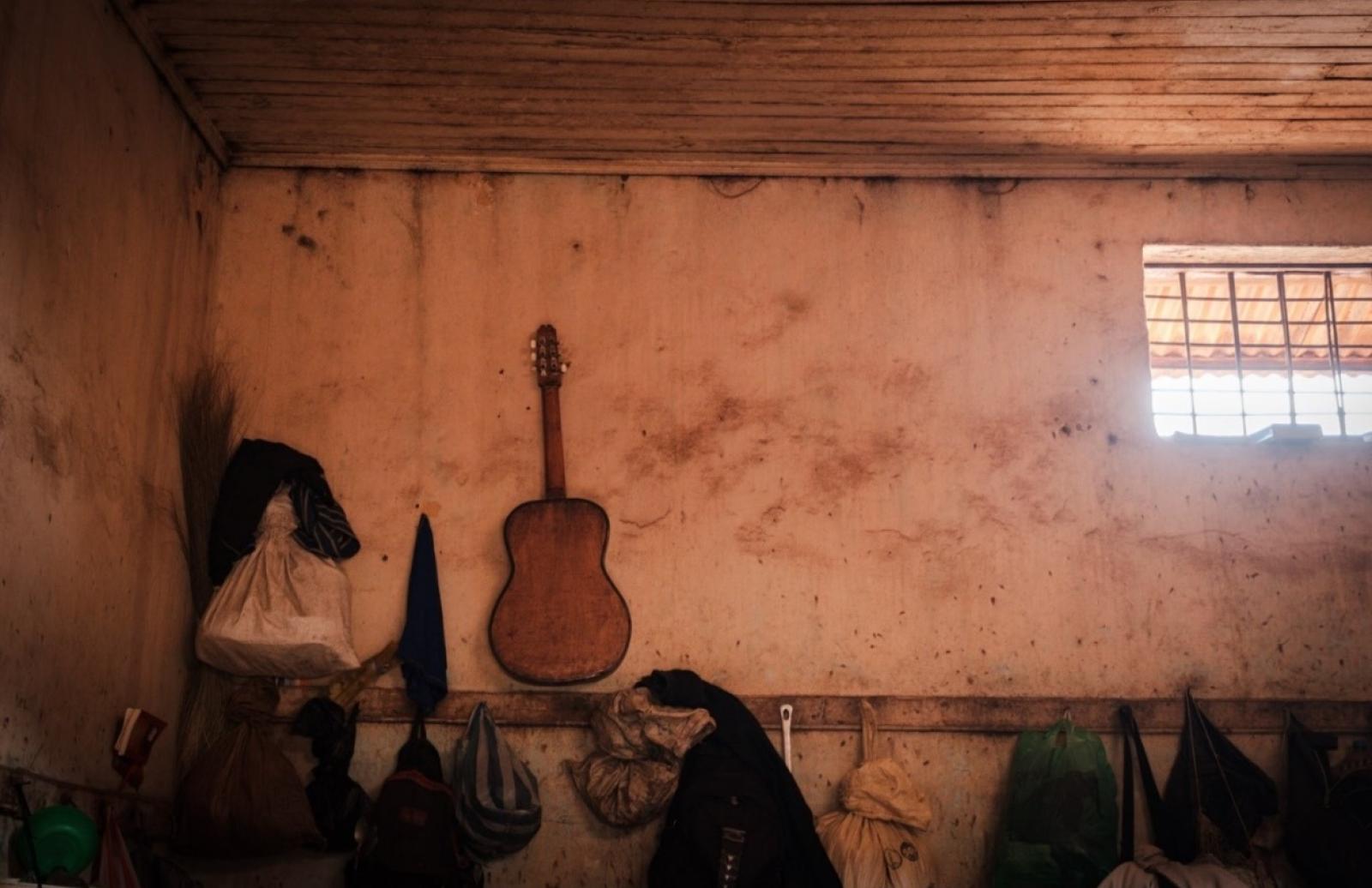
A guitar on the wall of a prison cell. Through visits to pre-trial detention, CSOs can also shed light on what is happening in police custody by asking recently arrived detainees about their experiences there.
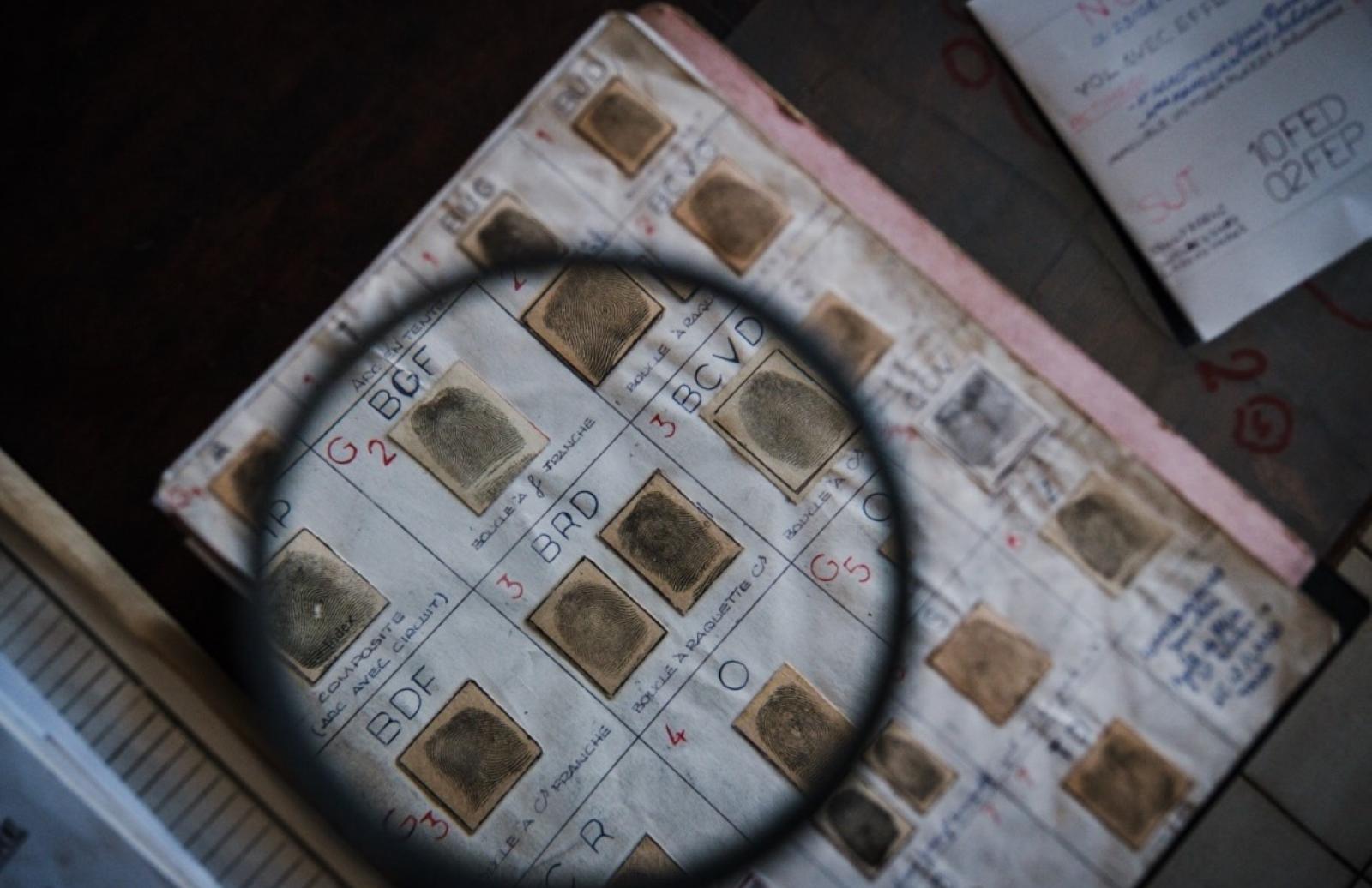
Fingerprints in a police station. At the same time, the NHRI can use its new monitoring powers as NPM to conduct unannounced visits to police stations, where it can see directly how safeguards – including access to family – are implemented in practice.
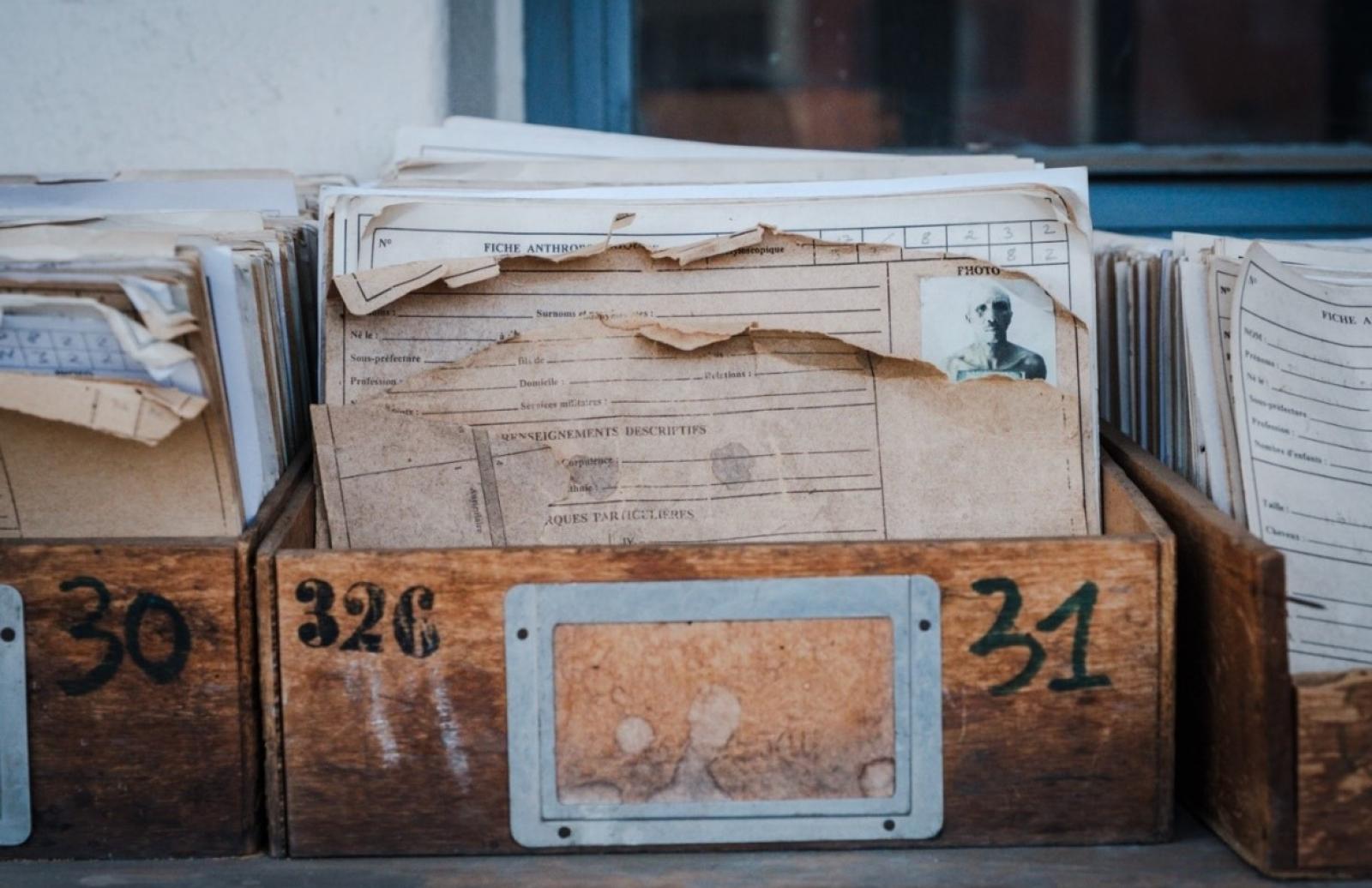
Files in a police station. By looking at custody registers, conducting interviews, and cross-checking this information with other sources, the NPM can gain a better understanding of what is happening in police custody, including how it contributes to increased numbers in pre-trial detention.
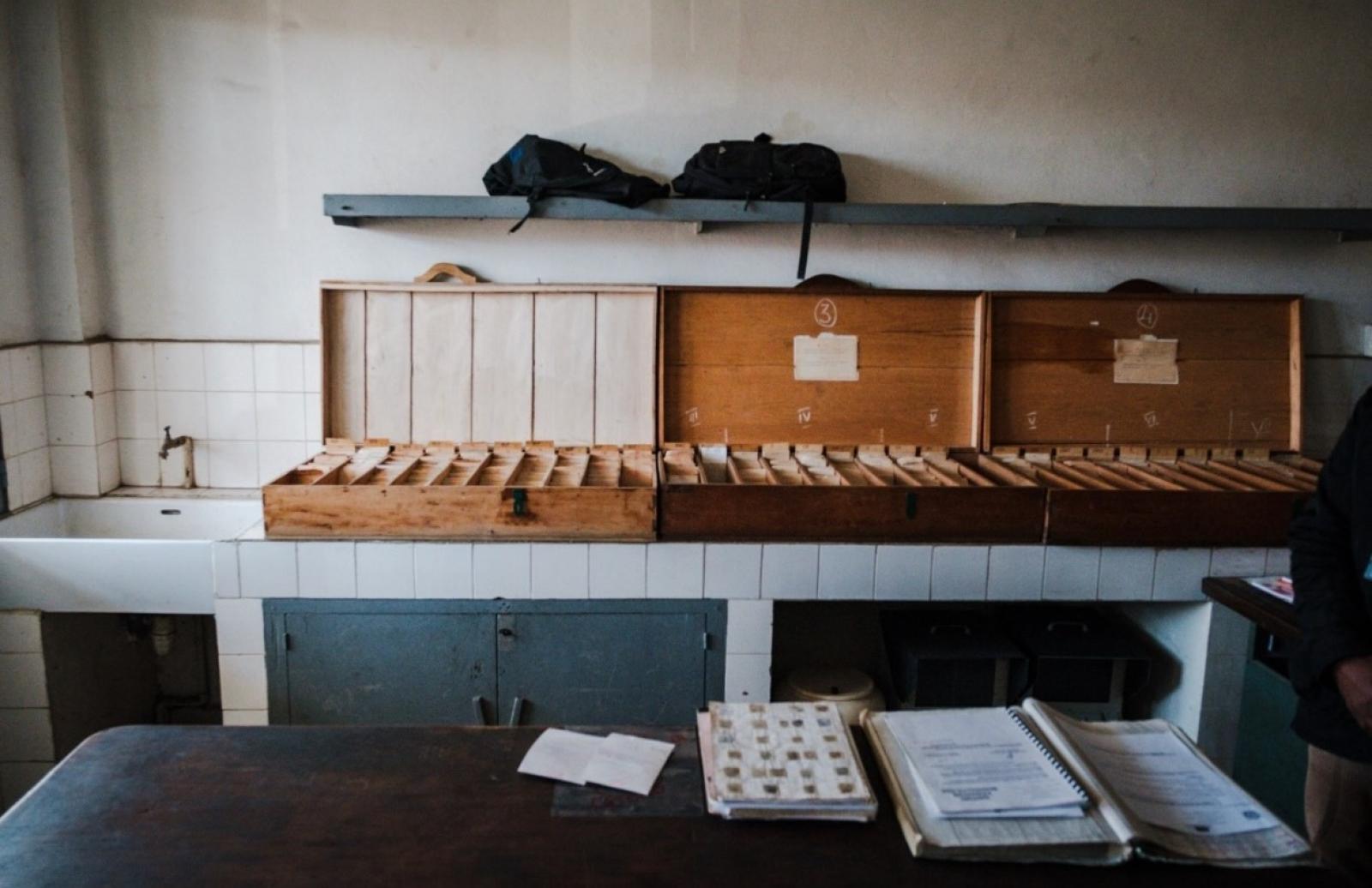
Records in a police station. This is why, in August this year, the APT conducted joint training for the NHRI and CSO staff on monitoring safeguards in police custody, through their different and complementary roles.
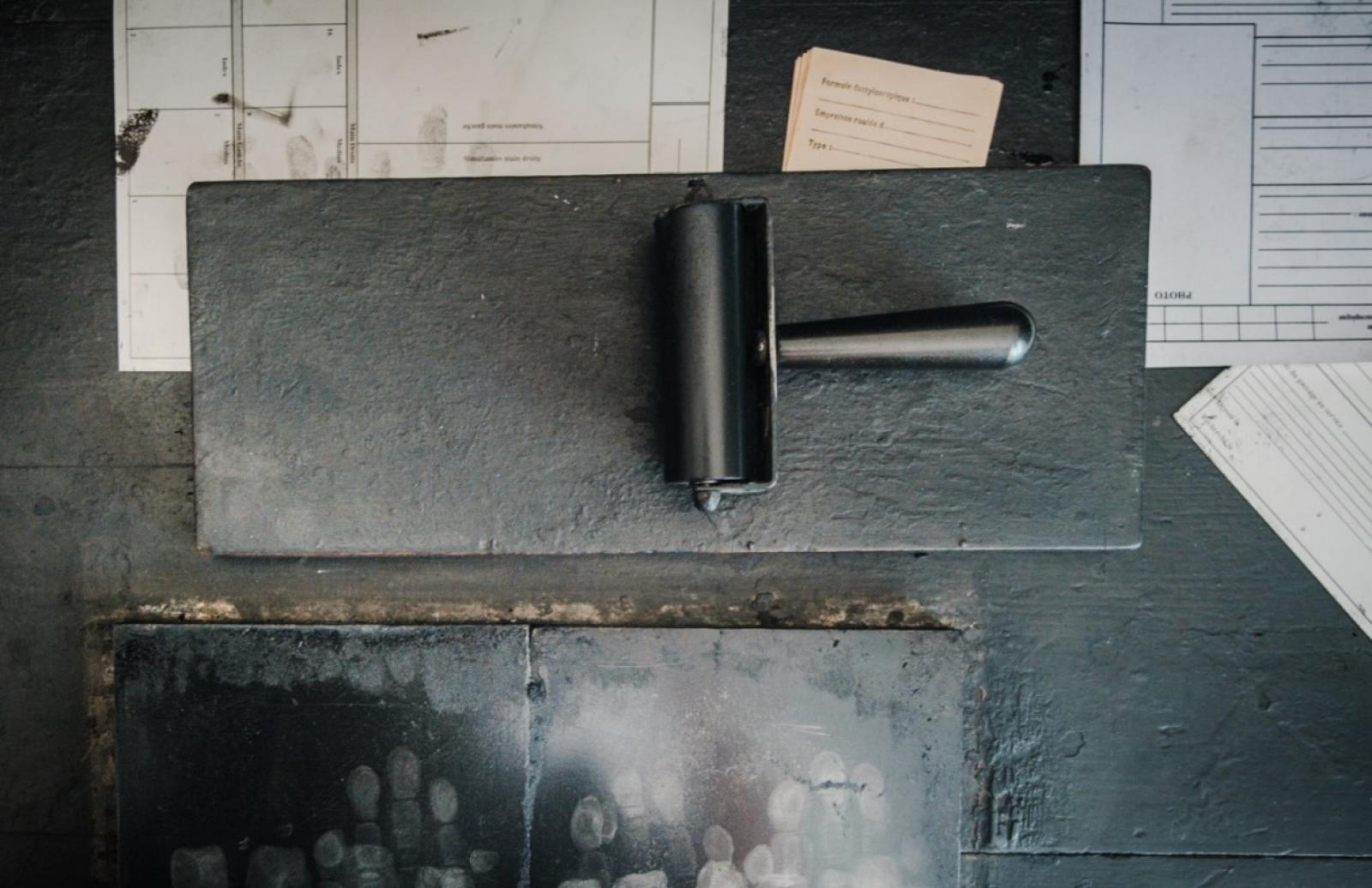
Fingerprint ink. By working together, CSOs and NPMs can thus contribute to the implementation of the Mendez Principles in Madagascar.
